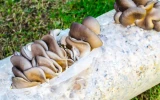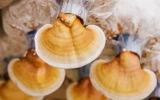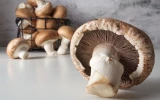Moving PF Tek (BRF Cakes) to Bulk Production: Dos & Don'ts
Are you ready to take your BRF cake production to the next level? If you've been successful with BRF cakes and want to explore bulk production, we've got some essential tips for you. In this article, we'll guide you through the dos and don'ts of transitioning from PF Tek to bulk production.
When moving PF Tek to bulk production, use BRF cakes as spawn for bulk substrates, experiment with different substrate recipes, adjust the optimal growing conditions, and maintain proper hygiene. Don’t use spores in BRF cakes without agar work; avoid overloading bulk substrate with cake spawn; and don't ignore signs of contamination.
These dos and don'ts can help ensure your success, whether you're a seasoned grower or a curious beginner. Now, let's show you how to use your BRF cakes as spawn in bulk substrates, and increase your yield and potency.
Summary
- Experiment with different substrate recipes, ensuring a proper combination of moisture, nutrition, and pH levels.
- Adjust the optimal growing parameters to suit your mushroom species, including temperature, humidity, and fresh air exchange.
- Do not use spores in BRF cakes for bulk production without thorough agar work, as spontaneous contaminants could jeopardize your whole bulk grow.
- Avoid overloading your bulk substrate with cake spawn to prevent anaerobic conditions.
- Don't ignore potential signs of contamination or other issues in your grow area; address them promptly.

On this page:
Key Dos and Don'ts when Moving from PF Tek to Bulk Production
| Dos when Moving from PF Tek to Bulk Production | Don'ts when Moving from PF Tek to Bulk Production |
|---|---|
| Use your BRF cakes as spawn for your bulk substrates | Do not use spores in BRF cakes for bulk production without thorough agar work |
| Experiment with different substrate recipes | Avoid overloading your bulk substrate with cake spawn |
| Adjust the optimal growing parameters to suit your mushroom species | Don't ignore potential signs of contamination or other issues in your grow area |
| Maintain proper hygiene to minimize the risk of contamination |
Sterilization techniques for jars and instruments
Always sterilize your jars and instruments before starting the process. You can either use a pressure cooker or a steam sterilization method. Place the jars with the substrate in the pressure cooker or steam sterilizer for approximately 90 minutes at 15 PSI to ensure proper sterilization.
Avoid contamination and inspect the BRF cakes regularly
Contamination is a common issue when transferring BRF cakes to bulk substrate. To avoid contamination, work in a clean and sterile environment. Make sure to wash your hands thoroughly and wear gloves, a mask, and a hairnet. Spray your workspace with disinfectant and work with proper airflow.
When breaking up the BRF cakes to use as spawn, be gentle and avoid touching them with your bare hands. You can use a sterilized spoon or other instrument while maintaining a clean environment.
Another crucial step in mitigating contamination is keeping an eye on the progress of your BRF cakes. Inspect the cakes regularly, and if you notice any signs of mold or unwanted growth, immediately remove the affected cakes to prevent the spread of contamination to other cakes or substrates.
Optimal fruiting conditions for your mushrooms
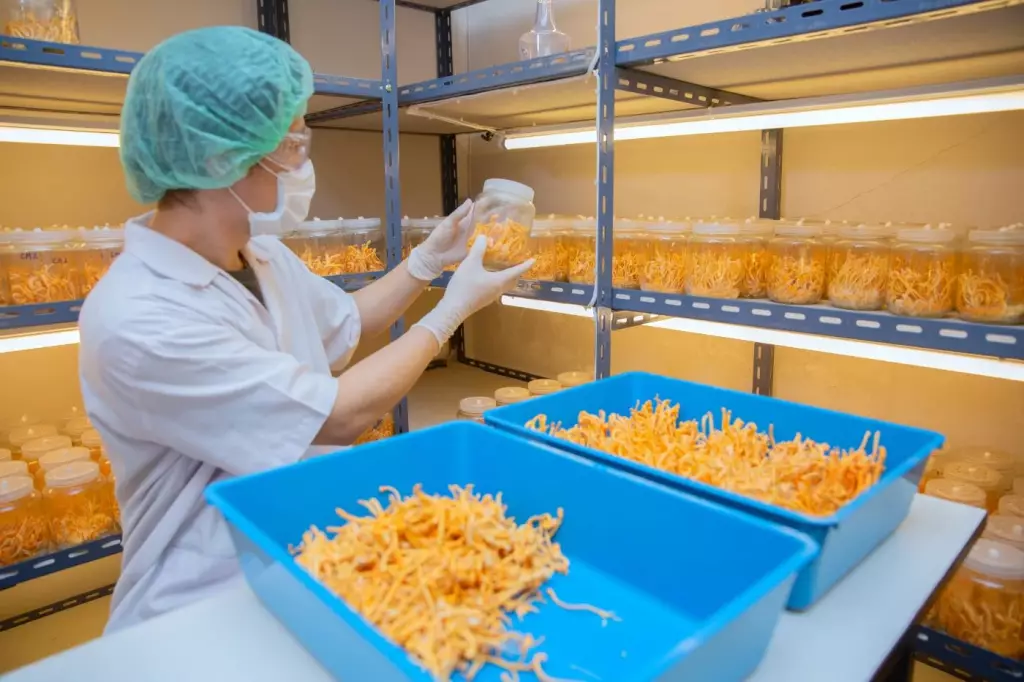
For the fruiting stage, it is essential to create optimal conditions to promote healthy mushroom growth. Here are some key dos and don'ts for achieving the desired fruiting conditions:
- Do maintain appropriate humidity levels, ideally around 90–95% for most species. You can achieve this by misting and using a humidity chamber or humidifier.
- Don't let the substrate dry out, as it will hinder the growth of your mushrooms. Regular misting and proper airflow will help maintain moisture levels.
- Do provide adequate fresh air exchange. Mushrooms require oxygen to grow, and CO2 buildup can stall growth. Maintaining proper ventilation or manually fanning the growing area can help.
- Don't expose the mushrooms to direct sunlight or extreme temperatures. Find a spot with indirect or diffused light and room temperatures between 65 and 75°F (18 and 24°C).
Common Mistakes and Troubleshooting when Moving to Bulk Production
Overwatering the substrate can harm it
It's crucial to maintain the right moisture level in the substrate, when moving PF Tek cakes to bulk production. Overwatering can harm mycelium growth and increase the risk of contamination. To avoid this:
- Ensure your substrate is at field capacity, which means it feels damp but doesn't release water when you squeeze it.
- Monitor humidity levels in your fruiting chamber. They should be around 90–95%.
- When misting your chamber, avoid spraying the cakes directly and allow for evaporation between mistings.
If you suspect overwatering, provide more fresh air exchanges and reduce the frequency of misting.
Poor air exchange may lead to slow growth
Proper air exchange is vital for successful mushroom fruiting. Poor air exchange may lead to slow or stalled growth or even contaminate your cakes. To improve air exchange:
- Ensure your fruiting chamber has multiple holes for air circulation, as seen in PF Tek guides.
- Regularly fan your chamber by briefly opening the lid or using an air pump with a timer.
- Consider adding a layer of perlite to help regulate humidity and improve gas exchange.
If you notice poor air exchange symptoms, such as an overly wet surface, a lack of pins, or a strong odor, increase the number of air exchanges and make appropriate adjustments to your fruiting chamber setup.
Why Move from PF Tek to Bulk Production
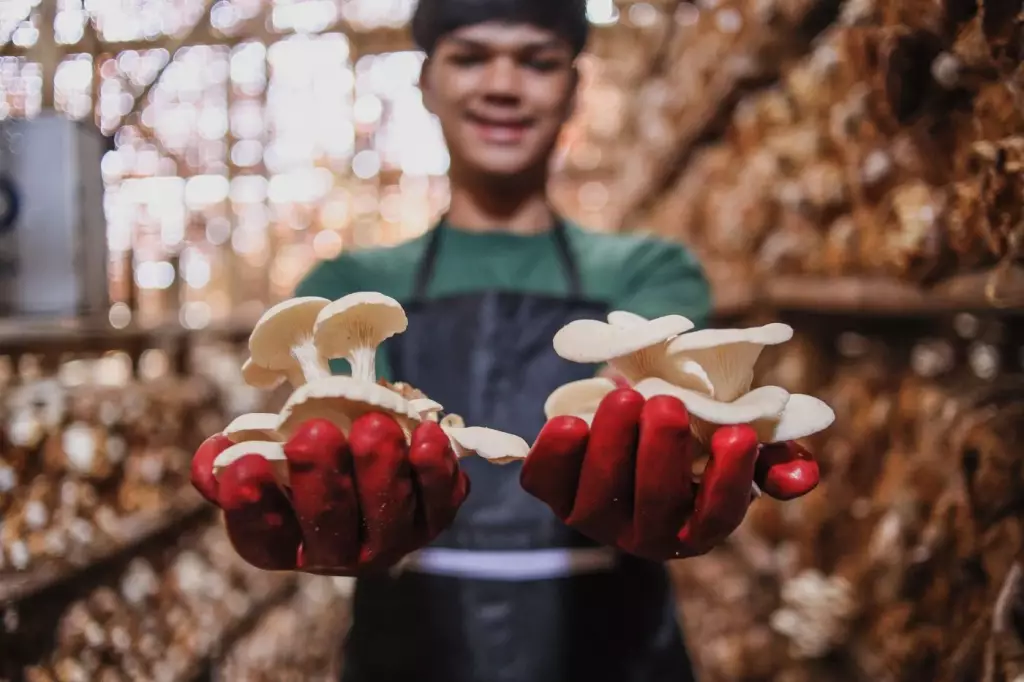
In this section, we will go through the reasons for making this transition and how to evaluate your experience level before making the leap. The main benefits are:
- Higher yields: Bulk production generally leads to higher yields due to the increased substrate volume and nutrition available to the mycelium.
- Better space utilization: Bulk production allows you to use your growing space more efficiently.
- Adaptability: Bulk methods can be adapted to grow different species of mushrooms, providing more variety in your harvest.
Although the initial learning curve might be more challenging, learning bulk production techniques will likely pay off in the long run when it comes to your mushroom harvests.
Evaluating your experience level
Before you transition to bulk production, evaluate your experience level with the PF Tek method. Start by asking yourself the following questions:
- Have you successfully grown mushrooms using the PF Tek method?
- Are you comfortable with the sterilization and inoculation processes involved in PF Tek?
- Have you had successful fruiting with PF Tek and decent yields?
- Do you feel ready to take on a more involved and advanced mushroom-growing technique?
If you answered yes to these questions, then you are likely ready to move on to bulk production. As you make this transition, keep learning and improving your technique. One option is to start by grating the BRF cakes into a container and mixing them with your desired ratio of prepped coir to begin bulk production.
Preparing for Bulk Production
It's important to make several considerations when moving from PF Tek (BRF cakes) to bulk production, such as proper preparation and attention to detail. To significantly improve your chances of success, you'll need to choose the appropriate substrate and invest in the right equipment. This section will guide you through these critical steps.
Selecting the right substrate
Common substrates used for bulk cultivation include coco coir, vermiculite, and gypsum. It's essential to choose a substrate compatible with your mushroom species to promote healthy growth and fruiting.
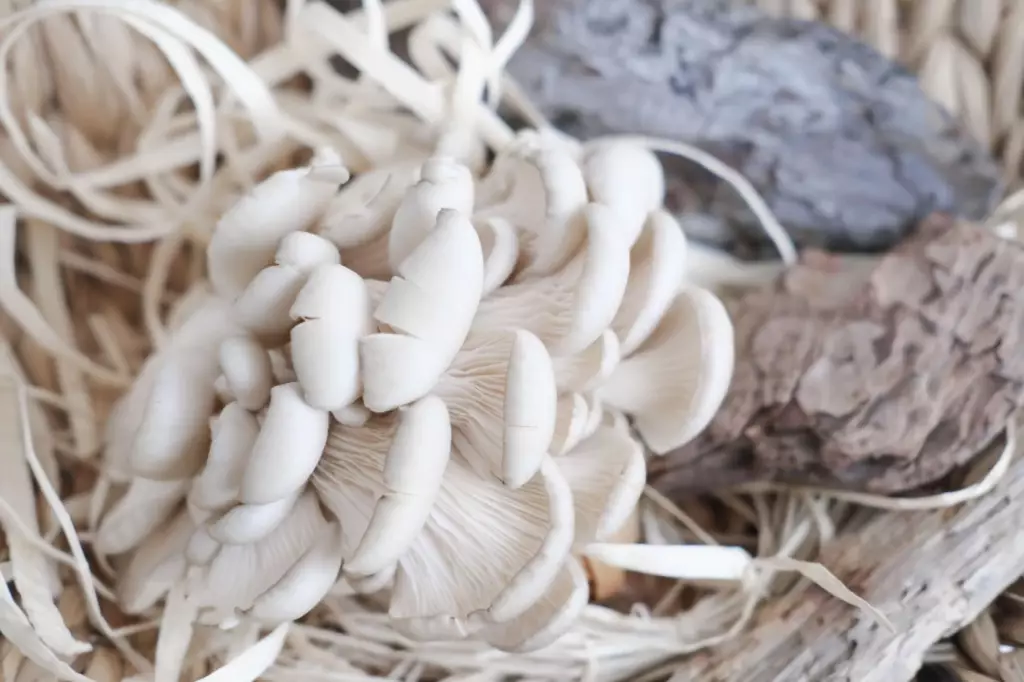
One popular method for spawning BRF cakes in bulk involves using a shoebox-style container and a mix of prepped coir. A 1:2 ratio of BRF cake to coir is typically recommended for good yield and contamination prevention.
Acquiring proper equipment
Below is a list of the necessary equipment you'll need when you move from BRF cakes to bulk production:
- Containers: Choose appropriate sizes for your bulk grow. Shoebox-style containers are popular and provide suitable conditions for spawning BRF cakes.
- Grater: You'll need to grate your BRF cakes into smaller pieces, making it easier to mix them with the substrate.
- Sterile gloves: Protecting your grow from contaminants is essential, and wearing gloves during substrate preparation and spawning can help prevent contamination.
- Mist and fan: Maintaining proper humidity and air exchange is crucial for successful fruiting in your bulk grow. A mist bottle and a small fan can help you achieve these conditions.

